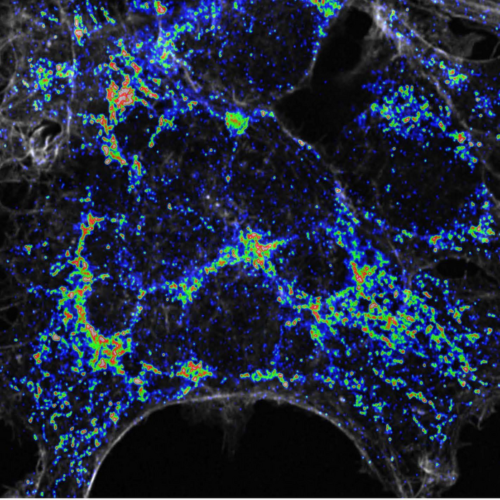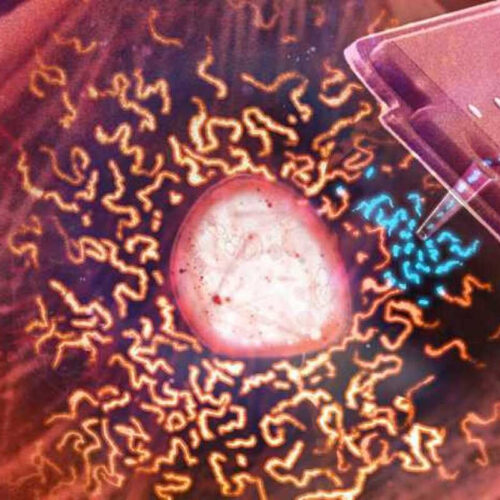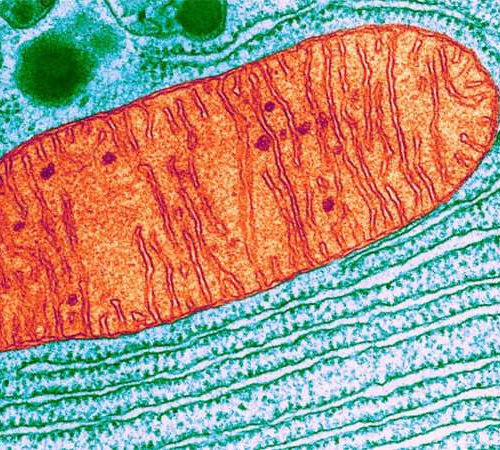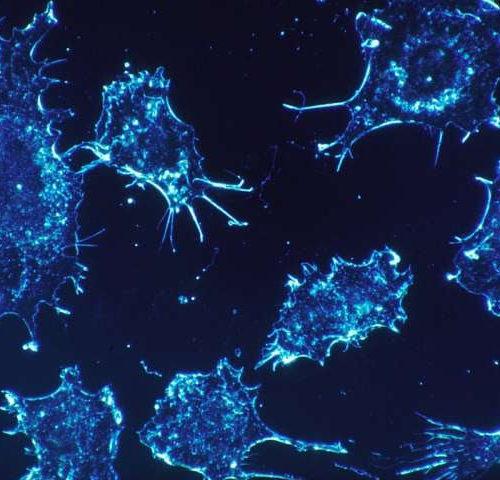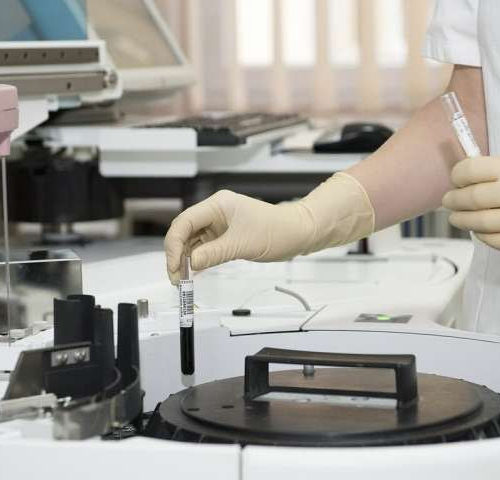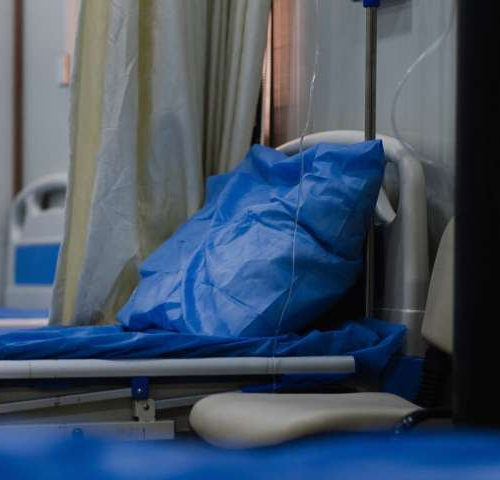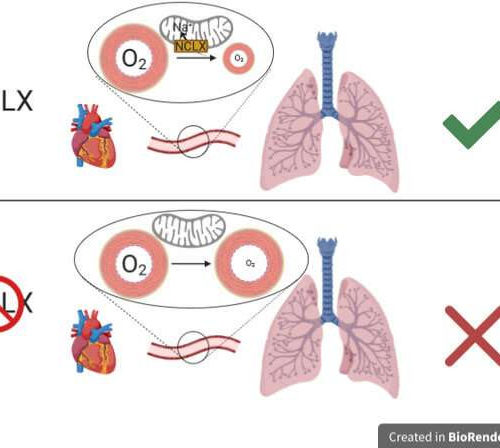SALK INSTITUTE IMAGE: MITOCHONDRIA IN THE CELL DURING METABOLIC STRESS. HIGH INCREASES IN THE NUMBER OF MITOCHONDRIA (RED), MEDIUM INCREASES (GREEN), AND LOW INCREASES (BLUE). CREDIT: SALK INSTITUTE LA JOLLA (April 20, 2023)—Scientists often act as detectives, piecing together clues that alone may seem meaningless but together crack the case. Professor Reuben Shaw has spent nearly two...
Tag: <span>Mitochondrial</span>
Mitochondrial transplants between living cells could save dying organs
By Nick Lavars; March 27, 2022 Artist’s impression of mitochondrial transplantation using a specially developed syringe. IC: Sean Kilian Mitochondria are known as the powerhouses of the cells, taking in glucose and oxygen and producing energy in return. But this central role in cellular function means when things go awry it can have serious consequences...
Researchers solve decades old mitochondrial mystery that could lead to new disease treatments
UNIVERSITY OF PENNSYLVANIA SCHOOL OF MEDICINE PHILADELPHIA — Penn Medicine researchers have solved a decades old mystery around a key molecule fueling the power plant of cells that could be exploited to find new ways to treat diseases, from neurodegenerative disorders to cancer. Reporting in a new study published today in Nature, researchers from the Department...
Scientists look to cell recycling tools for new ways to treat Parkinson’s disease
by Vanessa Wasta, Johns Hopkins University Photomicrograph of a mitochondrion, the energy-generating powerhouse in a human cell. Johns Hopkins Medicine researchers are studying how to recycle these organelles and perhaps, lead to new treatments for Parkinson’s disease. Credit: University of Wisconsin-Madison College of Agricultural and Life Sciences Researchers at Johns Hopkins Medicine are taking a...
Breast cancer cells use message-carrying vesicles to send oncogenic stimuli to normal cells
by The Wistar Institute According to a study by The Wistar Institute, breast cancer cells starved for oxygen send out messages that induce oncogenic changes in surrounding normal epithelial cells. These messages are packaged into particles called extracellular vesicles (EVs) and reprogram mitochondrial shape and position within the recipient normal cells to ultimately promote deregulated...
Probe detects the destruction of defective mitochondria
by RIKEN Figure 1: Colored transmission electron micrograph of a single mitochondrion in a human pancreas cell. RIKEN researchers have developed a fluorescent probe that can detect the programmed death of defective mitochondria in the lysosomes. Credit: K.R. PORTER/ SCIENCE PHOTO LIBRARY A versatile probe that can detect with pinpoint accuracy the programmed destruction of...
Key gene identified for improving multiple sclerosis treatment
by Karolinska Institutet The disease multiple sclerosis (MS) attacks the central nervous system and, with time, can give rise to muscle tremors and loss of balance. Researchers at Karolinska Institutet have now identified a gene, Gsta4, that protects a certain kind of cell in the brain from being destroyed. It is hoped that the results...
Single-cell analysis provides new insights into mitochondrial diseases
by Michael Morrison, Massachusetts General Hospital Investigators led by a team at Massachusetts General Hospital (MGH) have made discoveries at the single cell level to uncover new details concerning mitochondrial diseases—inherited disorders that interfere with energy production in the body and currently have no cure. The findings, which are published in the New England Journal...
Scientists decipher key mechanism in hypoxia
by Centro Nacional de Investigaciones Cardiovasculares Carlos III (F.S.P.) The figure illustrates the role of the mitochondrial Ca2+/Na+ exchanger (NCLX) in the early adaptation to low oxygen concentrations (hypoxia) through the entry of sodium into the mitochondrial interior. This role is exemplified by hypoxic vasoconstriction of the pulmonary artery, which connects the heart to the...
A balancing act between immunity and longevity
by Max Planck Society As we age, the immune system gradually becomes impaired. One aspect of this impairment is chronic inflammation in the elderly, which means that the immune system is constantly active and sends out inflammatory substances. Such chronic inflammation is associated with multiple age-related diseases including arthritis and Alzheimer’s disease, and impaired immune...

